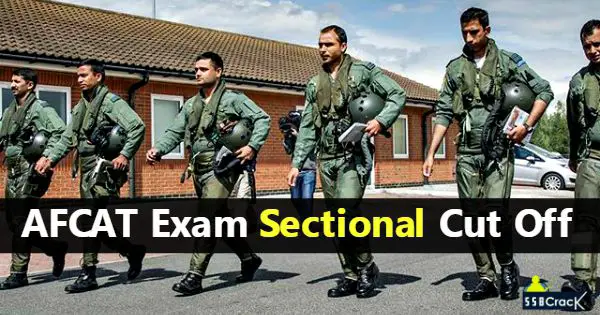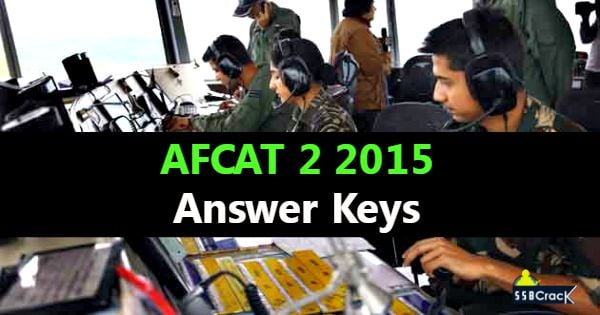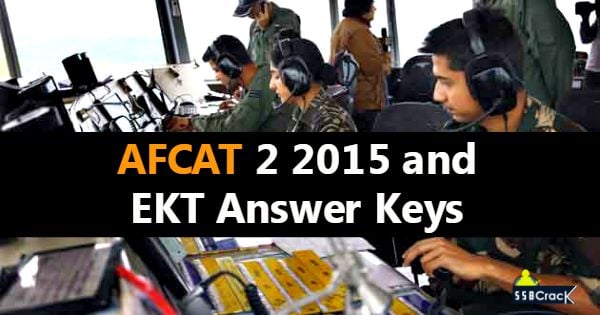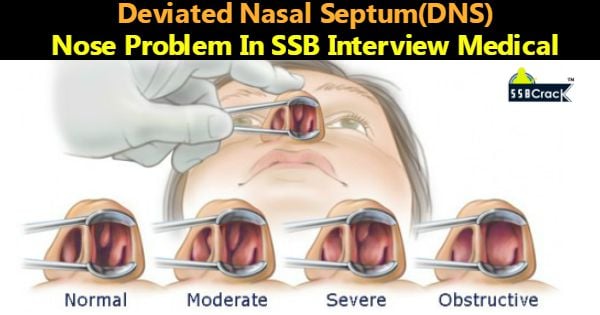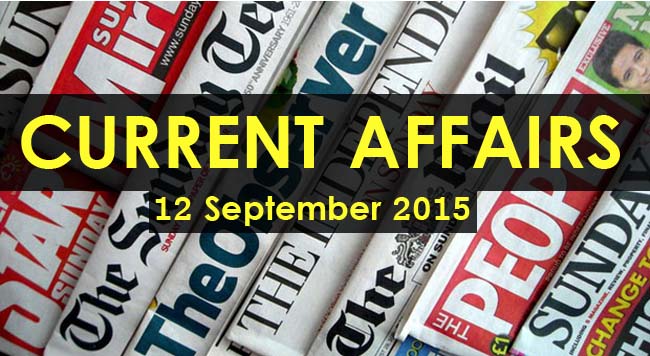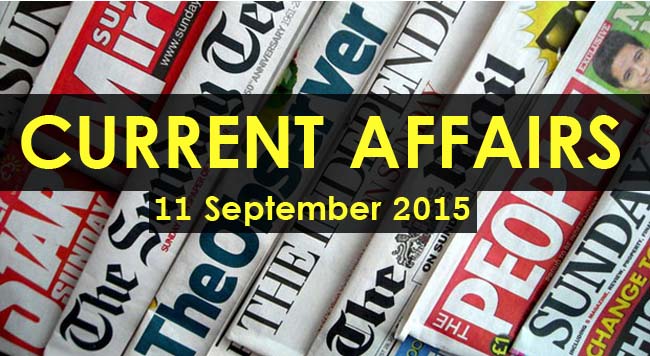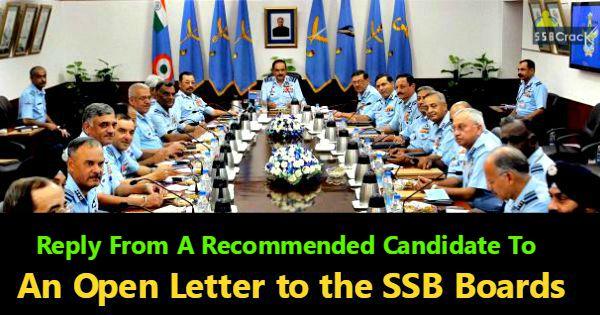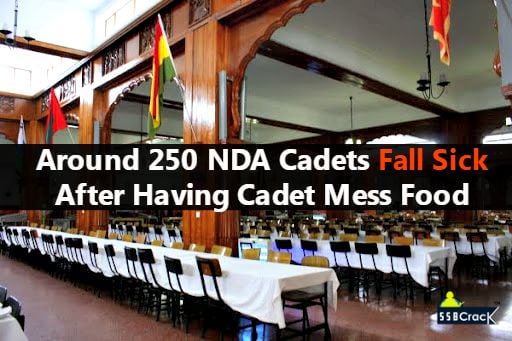Many candidates are asking us the minimum eyesight required to join Indian army through NDA, CDS, TGC, TES, UES, NCC and many other entries. As a matter of fact, eye sight requirement for all the entries are same but we are going to publish the eyesight requirements as per the Indian army entries.
Indian Army Eye Sight For NDA, CDS, TGC, TES and Other Entries
Eyesight for NDA Exam
A candidate should be able to read in a distant vision chart 6/6 in better eye and 6/9 in worse eye with or without glasses. Myopia should not be more than 2.5 D and hypermetropia not more than 3.5 D including Astigmatism. Internal examination of the eye will be done by means of ophthalmoscope to rule out any disease of the eye. A candidate must have good binocular vision. The colour vision standard, will be (CPIII) for Army. A candidate should be able to recognise red and green colours. Candidates will be required to give certificates that neither he nor any member of his family has suffered from congenital night blindness. Candidates who have undergone or have the evidence of having undergone Radial Keratotomy, to improve the visual acuity will be permanently rejected for all the Services. Candidates who have undergone Laser Surgery for correction of refractive error are also not acceptable to defence services.
Vision standard for Naval:
- Uncorrected without glass 6/6
- Corrected with glass 6/6,
- Limits of Myopia -0.75
- Limits of Hypermetropia +1.5
- Binocular vision III
- Limits of colour preception I
Vision standard for Air Force:
- Uncorrected without glass 6/12
- corrected with glass 6/6
- Limits of Myopia -0.75D
- Limits of Hypermetropia +1.5D
- Binocular vision III
- Limits of colour preception I
Visual standards for Air Force: Candidates who habitually wear spectacles are not eligible for Air Force,Minimum distant vision 6/6 in one eye and 6/9 in other, correctable to 6/6 only for Hypermetropia, Colour vision CP-I Hypermetropia : + 2.0 D Sph Manifest Myopia : Nil Retinoscopic Myopia : – 0.5 in any Meridian permitted. Astigmatism : +0.75 D Cyl (within + 2.0 D-Max)
Maddox Rod Test
- at 6 meters – Exo – 6 prism D Eso – 6 prism D Hyper-1 Prism D Hypro-1 Prism D
- at 33 cms – Exo – 16 Prism D Eso – 6 prism D Hyper – 1 prism D Hypo – 1 prism D
Hand held Stereoscope – All of BSV grades Convergence – Up to 10 cm Cover test for distant and near – Lateral divergence/convergence recovery rapid and complete Radial Keratotomy, Photo-Refractive Keratotomy/laser in Situ, Kerato – mileusis (PRK/LASIK) surgeries for correction of refractive errors are not permitted for any Air Force duties. Candidates having undergone cataract surgery with or without IOL implants will also be declared unfit. Binocular vision must possess good binocular vision (fusion and stereopsis with good amplitude and depth. Candidates who have undergone LASIK surgery are not considered fit for permanent commission in flying branch in IAF.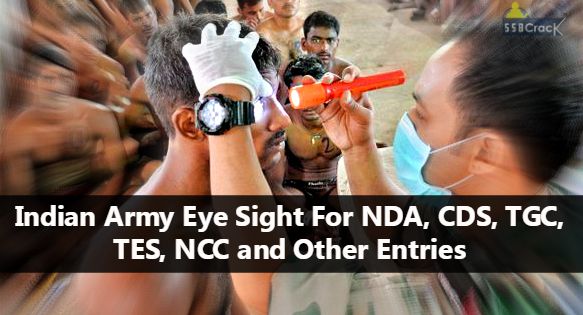
Eyesight for CDS Exam
For a male candidates the minimum acceptable visual acuity are distant vision (corrected) better eye 6/6 and worse eye 6/18. (For Air force without glasses only) Myopia of not more than minus 3.5 D and Manifest hypermetropia of not more than plus 3.5 D including astigmatism. For women candidates the minimum acceptable visual acuity are distant vision (corrected) better eye 6/6, worse 6/18, Myopia of not more than minus 5.5 D including astigmatism. Manifest hypermetropia of not more than plus 3.5 D including astigmatism. Internal examination of the eye will be done by means of ophthalmoscope to rule out any disease of the eye. A candidate must have good binocular vision. The colour vision standard will be CP-II for army. A candidate should be able to recognise red and green colours.
Vision standard for Naval:
- Uncorrected without glass 6/12
- corrected with glass 6/6
- Limits of Myopia -1.5
- Limits of Hypermetropia +1.5
- Binocular vision III
- Limits of colour perception I
Vision standard for Air Force:
- Uncorrected without glass 6/12
- corrected with glass 6/6
- Limits of Myopia -0.75D
- Limits of Hypermetropia +1.5D
- Binocular vision III
- Limits of colour perception I
Eyesight for TGC Entry
Distance Vision (Corrected): Better Eye-6/6; Worse Eye-6/18. Myopia should not be more than 3.5D and hypermetropia not more than 3.5D including Astigmatism. Internal examination of the eye will be done my means of ophthalmoscope to rule out any disease of the eye. A candidate must have good binocular vision. The colour vision standard will be CP-III. A candidate should be able to recognize red and green colours. Candidates who have undergone or have evidence for having undergone Radial Keratotomy to improve the visual acuity will be permanently rejected. In order to detect PRK/LASIK all the candidates at SMB will be subjected to the measurement of Axial length by A-Scan biometer. Candidates who have undergone LASER Surgery for correction of refractive error will be considered for commission in Army if they fulfill following criteria :-
- Age more than 20 years.
- Uncomplicated stable LASIK/Excimer (PRK) laser procedure done for Myopia or Hypermetropia, with stable refraction for a period of six months after the procedure.
- A healthy retina.
- Corrected vision should be 6/6 in better eye and 6/9 in worse eye, with maximum residual refraction of + 1.50 in any meridian for myopia or hypermetropia. (v) Axial length within permissible limits.
Eyesight for TES Entry
Distance Vision (Corrected) Better Eye (6/6), Worse Eye (6/9). Myopia should not be more than 2.5 D and hypermetropia not more than 3.5 D including Astigmatism. Internal examination of the eye will be done by means of ophthalmoscope to rule out any disease of the eye. A Candidate must have good binocular vision, the colour vision standard will be CP-III for Army. A candidate should be able to recognize red and green colors. Candidates will be required to give certificates that neither he nor any member of his family has suffered from congenital night blindness. Candidates who have undergone or have the evidence of having undergone Radial Keratotomy, to improve the visual acuity, will be permanently rejected.
Eyesight for NCC Entry
Distance Vision (Corrected) Better Eye (6/6), Worse Eye (6/9). Myopia should not be more than 2.5 D and hypermetropia not more than 3.5 D including Astigmatism.
